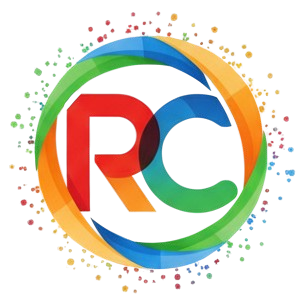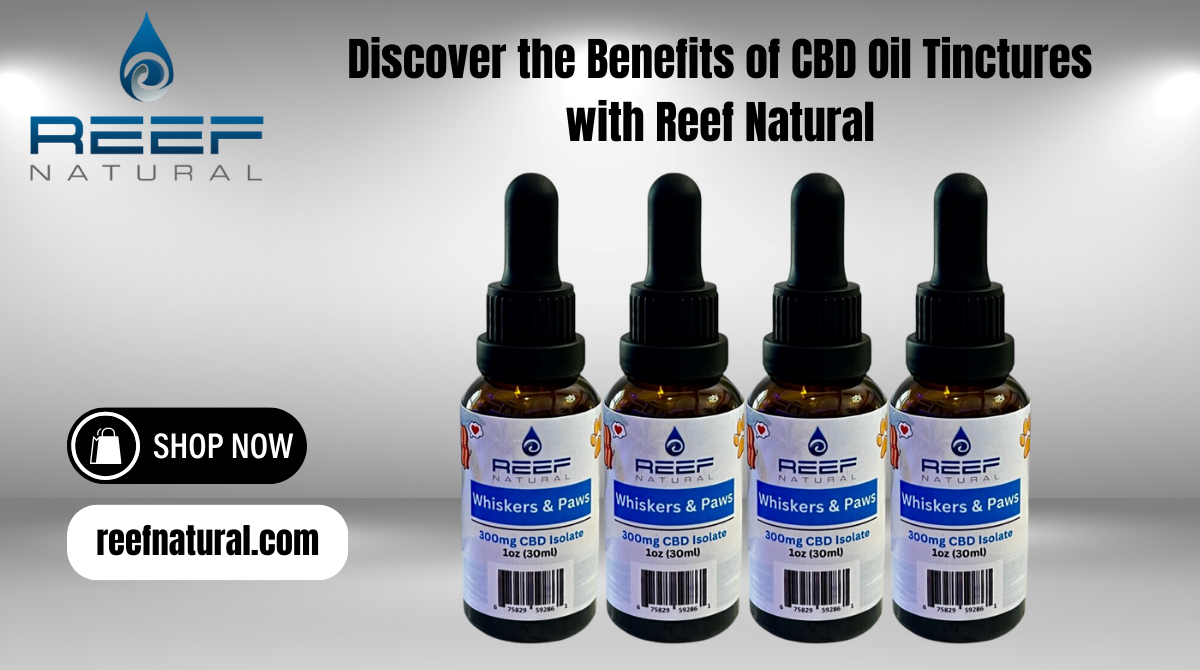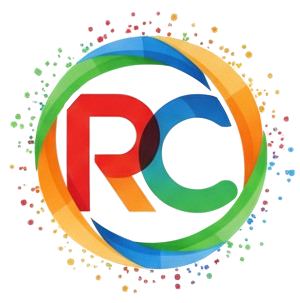Foam Dressing Market Competitive Landscape: Growth Insights, Size, Share, and Trend Forecasts
The foam dressing market has seen remarkable growth over recent years due to the increasing demand for advanced wound care solutions. Foam dressings, widely used for both acute and chronic wound care, are known for their high absorbency, comfort, and ability to promote optimal healing conditions. These dressings are typically made from a soft, flexible material that can absorb exudate from wounds, providing a moist environment conducive to healing while reducing the risk of infection. Foam dressings are commonly used for conditions such as diabetic foot ulcers, pressure ulcers, surgical wounds, and burns, offering a vital solution in medical care.
One of the primary reasons for the rise in foam dressing use is the shift toward better wound care management across the globe. Healthcare providers are increasingly aware of the importance of specialized dressings to promote faster healing, reduce complications, and enhance the overall quality of care. Foam dressings, with their superior absorbency and breathability, are particularly valued for their ability to manage both moderate to heavy exudates while minimizing pain during dressing changes. Moreover, the foam dressing market is driven by the ongoing advancements in wound care technology and the increased focus on reducing healthcare costs while improving patient outcomes. As more health systems and institutions adopt advanced technologies, the demand for innovative foam dressings continues to rise. Learn more about the Foam Dressing Market here.
Meaning and Applications of Foam Dressings
Foam dressings are made from a variety of materials, including polyurethane foam, which is the most commonly used type. The material is highly effective in absorbing wound exudate, thus preventing the wound from becoming overly moist or dry, both of which can impede healing. Foam dressings are also equipped with a semi-permeable membrane that allows air to flow freely to the wound, further enhancing healing. These dressings are applied to a variety of wound types, including diabetic ulcers, venous leg ulcers, and post-surgical wounds. Their ability to manage exudate and their protective qualities make them essential for treating both minor and severe wounds.
Recent applications of foam dressings have expanded to include burn care and other specialized treatments, with many foam dressings now designed to be used in conjunction with other medical technologies. For example, some foam dressings are now incorporated with antimicrobial agents to prevent infections, adding a layer of protection for patients who are at a higher risk of bacterial colonization. Additionally, foam dressings are now being developed to support wounds in both early and later stages of healing, ensuring that they are versatile enough for various clinical needs.
Recent Trends and Innovations
As the foam dressing market evolves, several trends and innovations have emerged, reshaping the way these dressings are utilized. One of the most significant trends is the integration of advanced technologies such as bioactive compounds, which aim to accelerate the healing process. For instance, some foam dressings now include ingredients like silver, honey, or hydrocolloid to provide additional antimicrobial properties. These bioactive components help reduce the risk of infection and inflammation, leading to faster recovery times and improved patient outcomes.
Another innovation in the foam dressing market is the development of multi-layered foam dressings, which offer enhanced fluid management. These advanced dressings are specifically designed to handle more complex wounds that may have increased levels of exudate. By providing better absorption and a more secure fit, multi-layer foam dressings can effectively address the needs of patients with larger or more severe wounds.
Further innovation is evident in the design of foam dressings that cater to specific medical requirements. For example, customized foam dressings for use in burn care are gaining popularity. These dressings not only help control infection and reduce pain, but they also offer a cooling effect, which is crucial in managing the intense pain associated with burns. Additionally, the introduction of self-adhesive foam dressings eliminates the need for tapes or other adhesives, improving patient comfort and reducing the risk of skin irritation.
Opportunities in the Foam Dressing Market
The global foam dressing market is filled with abundant growth opportunities. With a growing focus on wound care management, particularly in aging populations, the demand for advanced wound care products like foam dressings is expected to rise. Furthermore, emerging markets in regions such as Asia Pacific, Latin America, and Africa are anticipated to offer new growth avenues for manufacturers. As healthcare infrastructure improves in these regions, the use of foam dressings is likely to become more widespread.
Another opportunity in the foam dressing market lies in the increasing demand for home healthcare solutions. As more patients opt for home-based care to manage chronic wounds, the need for high-quality, easy-to-use dressings is rising. Foam dressings, which are typically easy to apply and remove, offer a practical solution for patients and caregivers managing wounds outside of clinical settings.
There is also an increasing focus on sustainable and eco-friendly materials, offering manufacturers a chance to explore biodegradable or recyclable foam dressing options. As patients and healthcare providers become more conscious of environmental impacts, products that align with green initiatives will likely see growing demand.
Challenges and the Way Forward
Despite the growth and potential of the foam dressing market, several challenges remain. One major challenge is the high cost of advanced wound care products, which can be a barrier to access, particularly in low-income regions. Manufacturers are increasingly focusing on reducing the cost of production while maintaining the quality and effectiveness of their products. Another challenge is the risk of adverse reactions to some foam dressings, particularly when used on sensitive skin. Manufacturers are addressing this by developing hypoallergenic options and incorporating soft, gentle materials to reduce irritation.
Looking ahead, the foam dressing market is poised for continued innovation and expansion. As research and development efforts focus on improving the effectiveness, affordability, and sustainability of these dressings, the market will continue to offer exciting opportunities for both healthcare providers and manufacturers.
Browse More Reports:
Polyethersulfone Dialyzer Market
Transfection Technology Market
Treponema Pallidum Test Market
Triage B Type Natriuretic Peptide Bnp Testing Market








